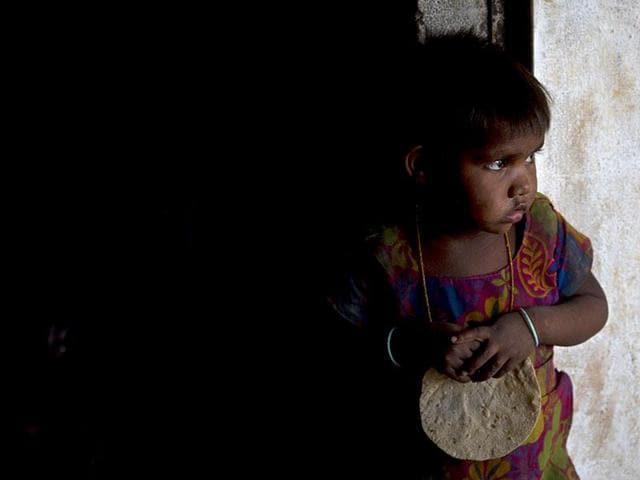India failing: 1.2 million children died of preventable diseases in 2015
Around 1.2 million children died of preventable causes in India in 2015 before celebrating their fifth birthday, a Unicef report has said in a grim reminder of abysmal state of child healthcare in the world’s fastest growing major economy.
Around 1.2 million children died of preventable causes in India in 2015 before celebrating their fifth birthday, a Unicef report has said in a grim reminder of abysmal state of child healthcare in the world’s fastest growing major economy.

Most of the deaths were caused by diseases easily preventable and treatable, says the report released Tuesday that counts India among the five countries accounting for half the 5.9 million under-five deaths reported across the world last year.
The other four countries are Democratic Republic of Congo, Ethiopia, Nigeria and Pakistan, whose economies are smaller when compared with India’s.
“… some countries in the fast lane for global economic growth- including India and Nigeria – have been in the slower lane for child mortality reduction,” says the State of the World’s Children 2016 report. “The policy lesson: Economic growth can help but does not guarantee improved child survival, and a country’s income need not hinder progress.”
In India, premature and neonatal birth complications (39%) were the biggest killers followed by pneumonia (14.9%), diarrhoea (9.8%) and sepsis (7.9%) among others.
Though India’s under-five mortality rate -- deaths per 1,000 live births -- has improved to 48 from 126 deaths in 1990, it still has a lot of catching up to do, says United Nations children’s emergency fund.
India, which reported 25 million births in 2015, is the third worst offender in the southeast Asian region after Afghanistan and Pakistan. Its next door neighbours Nepal and Bangladesh have a better under-five mortality rate of 36 and 38, respectively.
China, whose economic growth has slowed in recent days, recorded only 11 under-five deaths per 1,000 live births.
Sanitation can go a long was in preventing these deaths, especially those caused by diarrhoea. The report says while 94% of the Indian population has access to clean drinking water, toilet facilities are available to only 40% of the people.
Proper nutrition, immunisation and safe water, too, can substantially bring down the deaths. The UN children’s agency has stressed on educating girls. If all mothers complete secondary education, South Asia will see 1.3 million fewer child deaths every year, it says.
Experts admit the integrated child development scheme, one of the world’s oldest nutrition programme launched by India in 1975, has failed to address the needs of children.
Poor infrastructure, lack of resources, overburdened staff, pilferage and lax enforcement had hit the programme. “There is a need to relook at ICDS and see how it can be effectively used to tackle nutrition issues in children,” said a government official who did not wish to be identified.
In 2013, a comptroller and auditor general report had criticised the women and child development ministry, which is piloting the programme, for diverting ICDS funds. State governments, the national auditor pointed out, had diverted Rs 57.82 crore from ICDS to other activities.
Though globally under-five mortality rate has halved since 1990 but the report calls for sharper focus on vulnerable sections. By 2030, 69 million children could die from “preventable causes” before the age of five if political leaders fail to address global inequality, Unicef warns.
Five countries alone will account for more than half the deaths: India (17%), Nigeria (15%), Pakistan (8%), the Democratic Republic of the Congo (7%) and Angola (5%).
Read| India’s health care can emulate rules of education system
Get Current Updates on India News, Lok Sabha election 2024 live, Election 2024 along with Latest News and Top Headlines from India and around the world.




